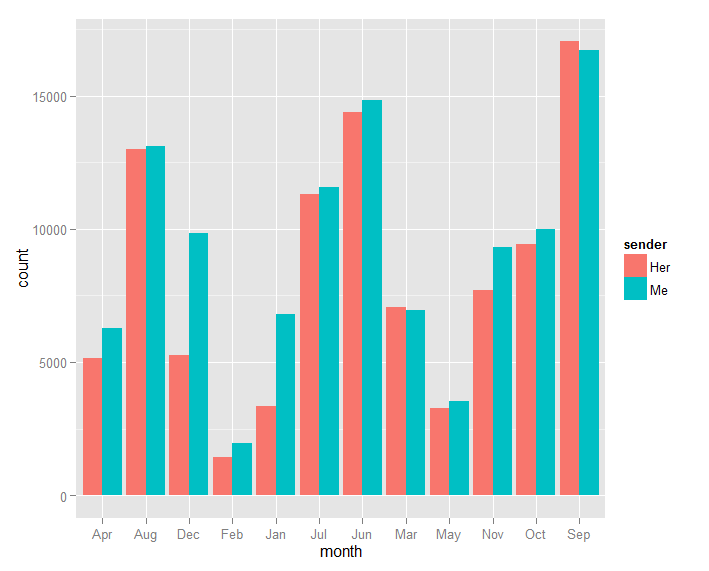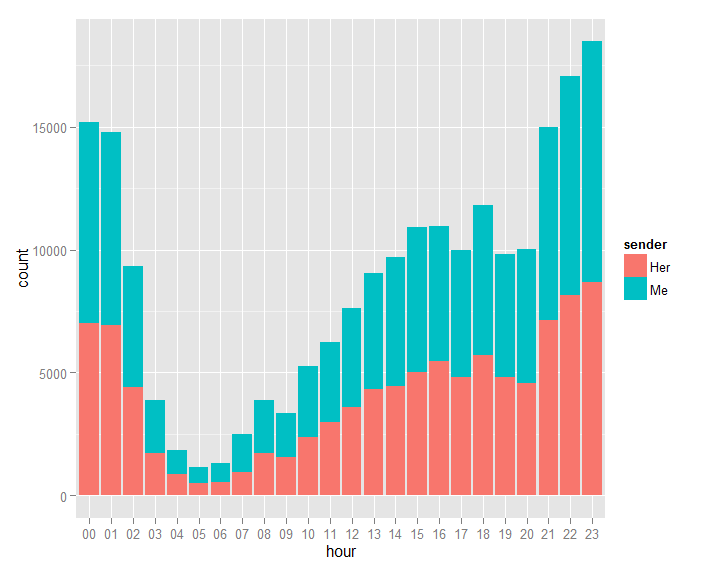Docker and Rails in Production
Last week, I deployed a Rails app in a Docker container onto AWS Elastic Beanstalk. It was an unncessarily time consuming task due to small gaps in my knowledge and unfamiliarity with Docker and Elastic Beanstalk. This blog post is written during my first month working as a junior system administrator (“devops”) and this is a recap of my experience to the best of my memory.
Super helpful links: https://github.com/phusion/passenger-docker https://intercityup.com/blog/deploy-rails-app-including-database-configuration-env-vars-assets-using-docker.html https://intercityup.com/blog/how-i-build-a-docker-image-for-my-rails-app.html https://rossfairbanks.com/2015/03/06/rails-app-on-docker-using-passenger-image.html
Thanks to these blog posts (amongst many others), I was able to cut down a lot of time out of learning how to deploy this rails app.
First thing’s first. I installed docker-machine, which is the new boot2docker, and attempted to run my docker image containing the Rails app locally, in production, on my Macbook.




